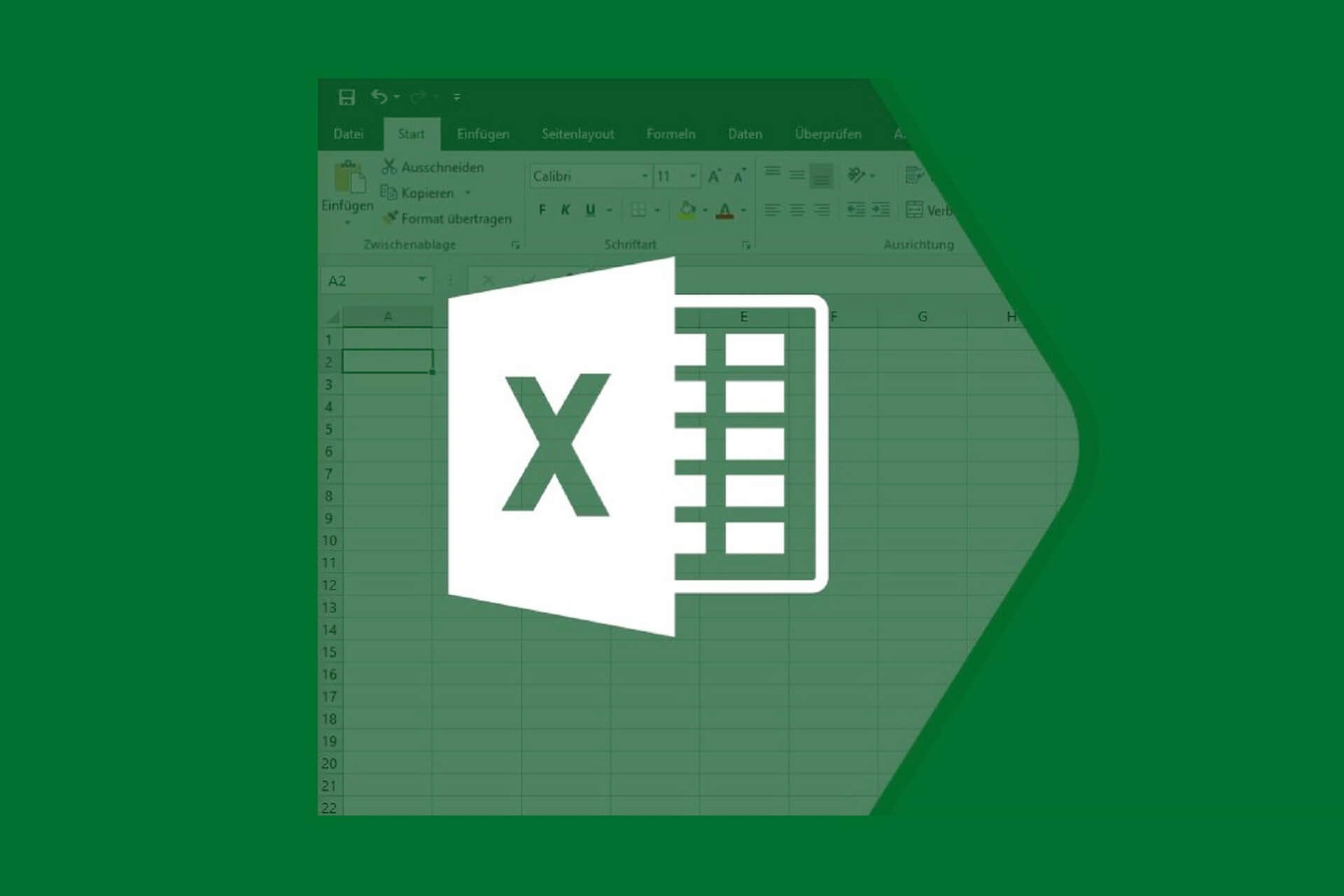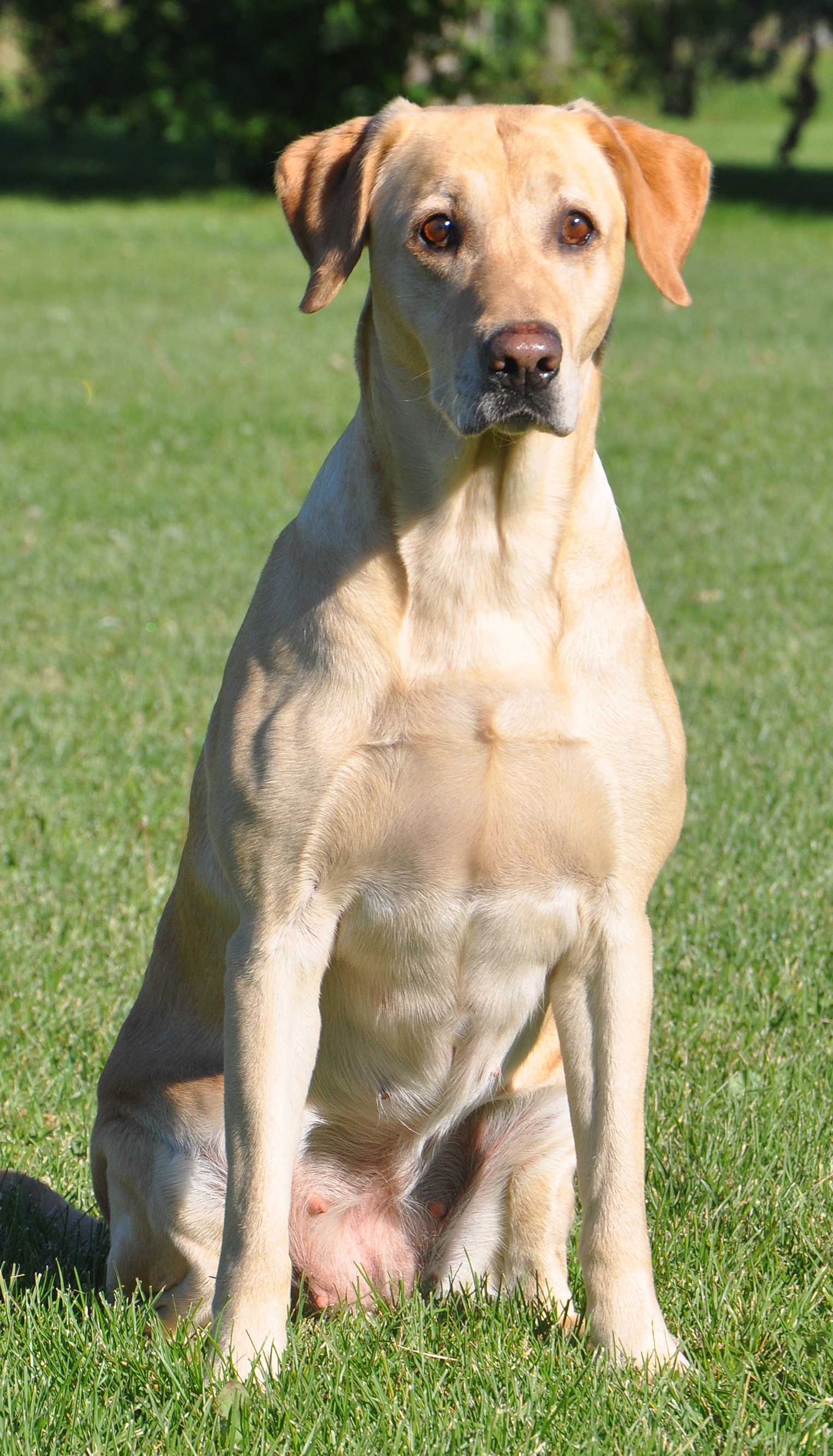

- #Macfuse not showing content how to
- #Macfuse not showing content mac os x
- #Macfuse not showing content install
- #Macfuse not showing content pro
- #Macfuse not showing content code
I'm not sure if it was the Terminal code above or some interaction with NTFS-3G and MacFUSE but using mand by double-clicking it did not work. dmg disk images would no longer mount! They would just spit out a "nonmountable volume" error! I was able to read/write to an NTFS-formatted external drive but found that 50% of my. Use AppleScript if you want to facilitate mounting and unmounting. To unmount, use sudo umount /dev/disk0s2.

If not, type disktool -r and killall finder.
#Macfuse not showing content install
#Macfuse not showing content mac os x
But Mac OS X 10.4 can only read, not write, to these kind of formatted volumes. Once you're finished, make sure you safely unmount the disk, by either ejecting the disk in the finder, or running sudo umount /Volumes/rpi in Terminal.So you have Boot Camp and a big disk to use, but then you are bound to the NTFS format instead of FAT.

You can open it and read from it just like any other disk, card, or flash drive you connect to your Mac. Now you'll see the rpi volume mounted in the Finder.

See this issue: Unable to open ext4 mounted partition on El Captain. The -o allow_other is required to make sure the mounted disk is readable by everyone (and not just the sudo/ root user).
#Macfuse not showing content how to
Here's how to mount the Raspberry Pi's ext4 filesystem on a Mac (almost everything will be done in the Terminal app (in Applications > Utilities)): Luckily, there are open source tools that allow ext4 filesystems to be mounted on a Mac (read-only, but that's all I need to copy off the time-lapse stills and video). But this is annoying, because dd will back up the entire microSD card, not just the data I want. In the past, I would use the dd utility to back up the entire card, and then I would mount that backup disk image and read data off of it. This is normally a bit tricky, because the Raspberry Pi uses the Linux ext4 filesystem-which is not compatible with either macOS or Windows!
#Macfuse not showing content pro
So I decided to finally try to mount the Raspberry Pi's drive directly on my MacBook Pro (running macOS Sierra 10.12). which means it could take a couple hours to copy). For my Raspberry Pi Time-Lapse App, I find myself having to either copy hundreds (or thousands!) of 3+ MB image files, or a 1-2 GB video file from a Raspberry Pi Zero W to my Mac.Ĭopying over the WiFi network works, but it's extremely slow (usually topping out around 5 Mbps.


 0 kommentar(er)
0 kommentar(er)
